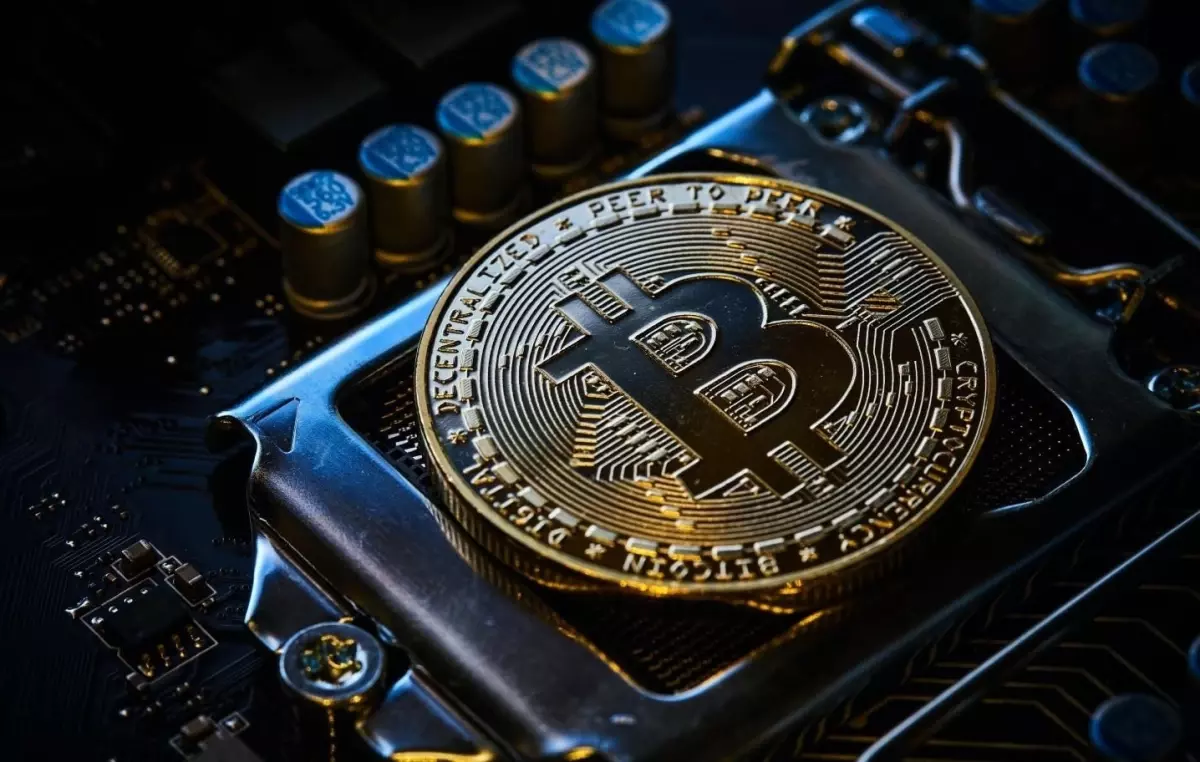An industry recognized for its capital intensity and market sensitivity—Bitcoin Miners—is quietly experiencing financial transformation. John Glover, Chief Investment Officer of Bitcoin lending company Ledn, has started a discussion in the mining industry by advocating a new financial strategy: miners should pay their expenses using depreciating fiat currencies rather than selling off their valuable Bitcoin holdings among growing operational costs and increasing market volatility. In a fast changing digital economy, he contends, this strategy provides a better, long-term road to financial security.
Maintaining Value of Bitcoin in Volatile Market
Glover’s proposal is based on a simple but strong premise: Bitcoin is a deflationary asset with a finite supply; fiat currencies, like the US dollar, are inflationary and gradually lose buying value over time. From this perspective, spending Bitcoin to pay for running costs is like trading off an appreciating asset to purchase a declining one—a financially ineffective long term action.
Miners are urged to hang onto their coins and use them as collateral for loans in fiat currencies instead of selling their Bitcoin to pay for gear, power, or staff. This approach lets them profit from the possible price rise of Bitcoin while nevertheless having the liquidity required to keep their business running. Paying off loans in fiat currencies becomes less taxing over time since they inevitably lose value owing to inflation, therefore producing a financial gain.
A Workable Approach for World Operations
This is not only idealistic but also pragmatic for many mining companies, particularly those located on areas with unstable currencies or rapid inflation. Holding Bitcoin becomes a hedge against local monetary instability in nations where the local currency can lose value significantly in a few days. Still, paying suppliers or contractors calls for cash, particularly in areas where Bitcoin isn’t very popular. Securing fiat loans with Bitcoin as collateral helps miners avoid the dangers of bad exchange rates and the necessity to sell off Bitcoin during bear markets.

This approach also tackles the temporal latency sometimes seen when changing Cryptocurrencies Future into money for usage. Days to process international payments might cause local currencies to lose value. Direct borrowing fiat reduces this delay and guarantees that mining companies may satisfy payment dates without running risk on negative exchange rate fluctuations.
Miners Battle Shrinking Margins and Rising Costs
Financial difficulty is not new in the mining sector. Miners are under more pressure to maximize profitability with the 2024 Bitcoin halving cutting block rewards and raising competition for less coins. Globally, electricity prices have skyrocketed; modern mining operations are getting more costly, thus operators now give capital efficiency first importance.
According to recent market data, several mining businesses are having to sell a lot of their recently acquired Bitcoin to survive their operations. Sometimes miners have sold off more than forty percent of their monthly output, therefore indicating the mounting financial strain throughout the industry. Although this could provide temporary respite, it can compromise the long-term value proposition of owning Bitcoin, particularly should prices climb noticeably following the transaction.
Mining companies can escape being forced sellers at opportune times by adopting a model whereby mined Bitcoin is used as collateral instead of a cash flow source. By controlling abrupt influxes of Bitcoin from miner selloffs, this strategy also helps lower market volatility.
Assuming a Corporate Mindet in a Decentralized Sector
Ledn’s Glover’s recommendation also represents a bigger trend in the Bitcoin mining sector: a slow change toward more advanced financial planning. Historically dominated by technically driven entrepreneurs and early adopters, the mining sector is progressively using techniques more typical in traditional finance including treasury management, structured lending, and capital efficiency measures.
Treating Bitcoin more as a strategic reserve—akin to how businesses handle cash or commodities—indices the maturity of the mining industry. As public firms and institutional investors increasingly participate in mining activities, there is increasing demand to implement strong financial models able to endure market cycles.
Future Sustainable Financial Framework
Miners require financial resilience as the global economic scene keeps changing with inflation pressures, central bank policy changes, and changing crypto rules. They do not only need technological advantage. Using Bitcoin-backed fiat loans presents a sensible and forward-looking approach to run more sustainably, reduce unneeded losses, and maximize the long-term value of the assets created.
John Glover’s advise is a call to action for miners to reconsider how they handle their most important resource, not only a tip for improved bookkeeping. Adopting policies that fit Bitcoin’s special qualities could be the secret to long-term survival and success in a sector where timing, efficiency, and foresight can make all the difference between profitability and insolvency.









